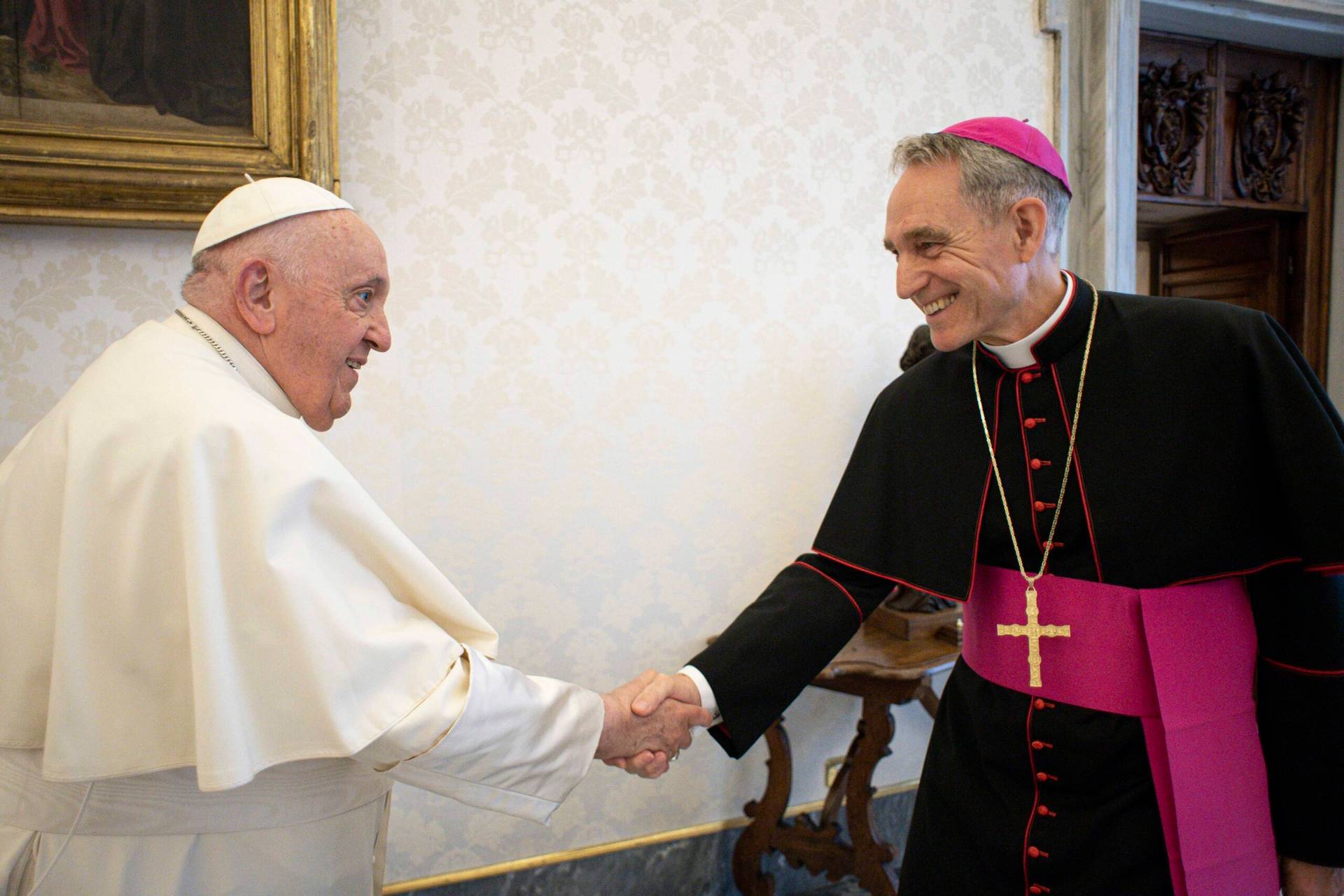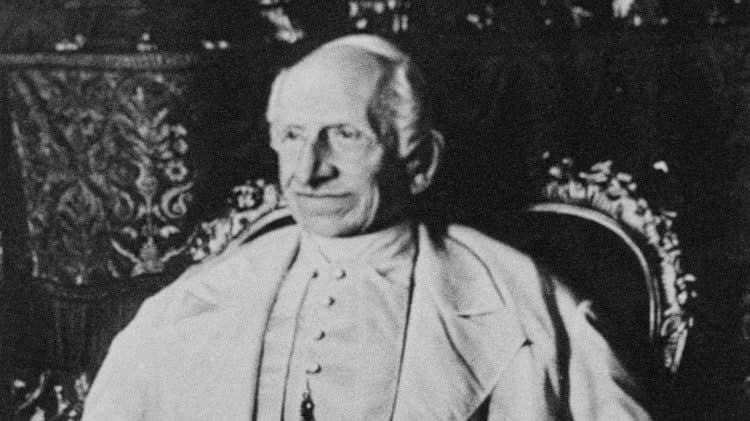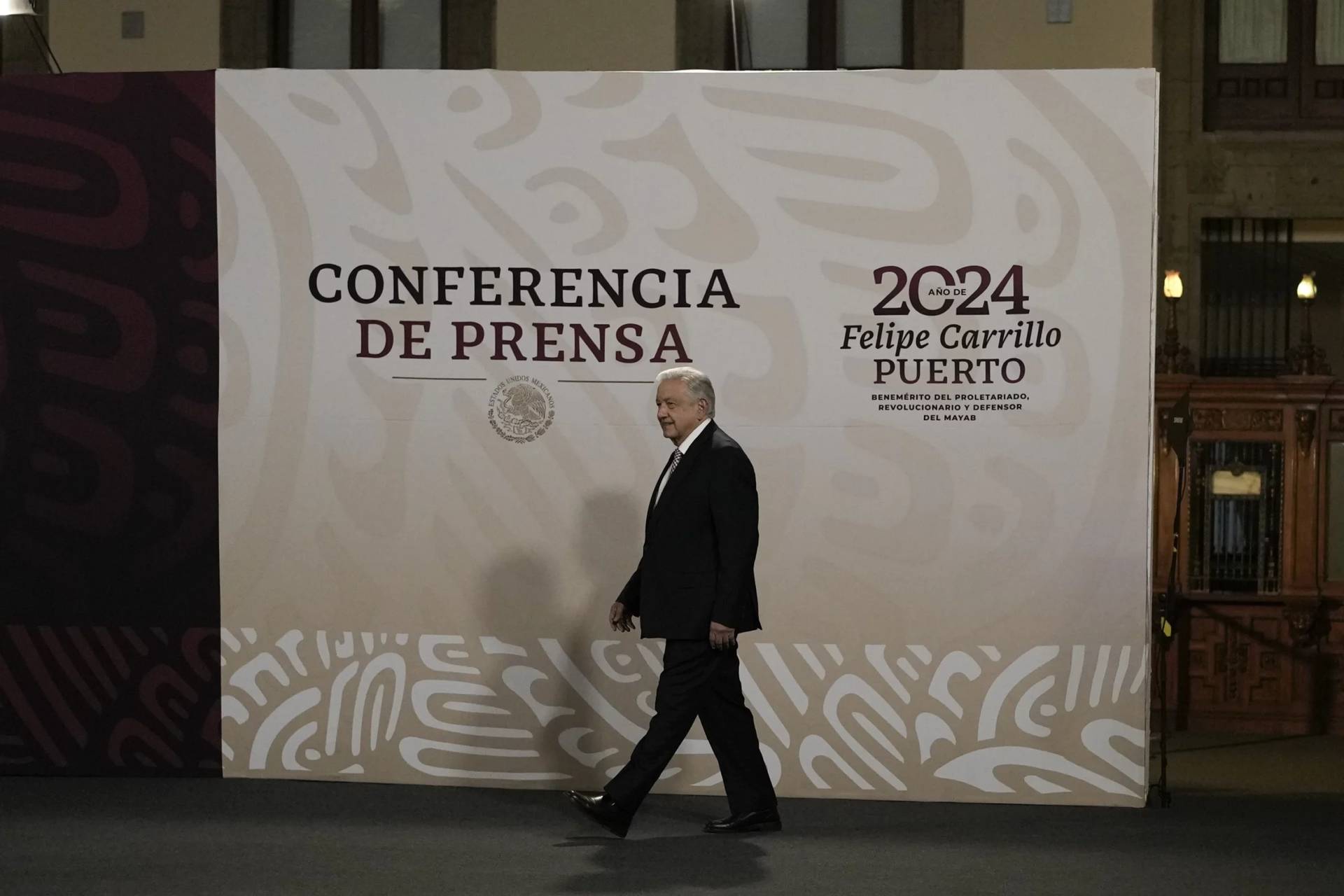ROME – Having spent most of my adult life and career living in western Europe and covering Catholicism, I’ve developed three broad observations about the cultural landscape here vis-à-vis the Church.
- First, the church is undergoing a long-term transition from a culture-shaping majority to an optional subculture, sometimes in harmony with the broader majority and sometimes at odds with it.
- Second, the church sometimes doesn’t help itself by doing pointless and irritating things that feed negative stereotypes of the majority.
- Third, despite all that, the faith still has an ineradicable hold on a surprising swath of the population.
Developments in just the last few days illustrate each of those points.
Let’s begin in Flanders, meaning the northern Dutch-speaking part of Belgium, where traditionally the state has been the owner of church buildings and the surrounding real estate. There’s a total of 1,768 church properties owned by the state, and over the last few decades 181 of them, which were no longer in regular use as places of worship, have been converted for civic uses such as libraries, youth centers, concert halls and so on.
Many more of those churches could be converted into other uses, with only 700 considered off limits because they’re still needed for liturgical and pastoral purposes. Mayors in Flanders apparently have complained that the process of approving those structures for conversion takes too long and is too restricted in scope, and in the meantime the cities have to pay for upkeep and maintenance.
Now the Flemish government, over the objections of the local Catholic Church, has approved a new plan which permits conversion for commercial use, so that these former churches could become supermarkets, or night clubs, or office buildings, or whatever else the local market demands.
Bishop Johan Bonny of Antwerp, who made waves during the Synods on the Family for his progressive stances on homosexuality and divorce, issued a sharp protest of the move, which broke with previous government commitments to work out such matters in dialogue with the church.
“What Jews judge as unacceptable for a synagogue, Muslims for a mosque and Masons for a lodge, Christians also can’t tolerate for a church,” Bonny said, wondering aloud where it all will end.
“What about an animal refuge, or a clothing store, or a theater, or, why not, a bordello?” Bonny mused. There’s no particular indication, however, that Flemish authorities were especially moved by the protest.
(I can’t resist noting the irony that this obvious diss to religion is being delivered in a country whose name, for Americans, summons images of Ned Flanders from the Simpsons, whose unwavering religious faith is the stuff of popular legend.)
Next, under the heading of “stupid stuff the church does that makes things worse,” comes another story this week out of Italy concerning religion teachers in public schools.
Under the Italian system, public school students from ages 6 to 18 receive mandatory instruction in religion each week. Most attend courses in Catholicism, though non-Catholics can elect to receive instruction in the history of religions or philosophy instead. The teachers who cover Catholicism are paid by the state, but they’re required to have the approval of the local bishop.
This week the newspaper Il Fatto Quotidiano, in a piece by Alex Corlazzoli, revealed that some Italian dioceses for years have been charging those religion teachers “administrative fees” of around 100 Euro, or about US $120, allegedly to cover the costs of organizing annual professional development courses. Those courses are mandatory to maintain the certificate saying the teacher is approved by the bishop, so the teachers basically don’t have any choice.
That may seem like pocket change, but it’s worth pointing out that the average teacher salary in Italy is below $30,000, which means that every little bit matters.
In other disciplines, Corlazzoli reports, if teachers are required to take continuing education courses, the cost is covered by the state. He also adds that among religion teachers in Palermo in Sicily, the fee is informally referred to as il pizzo, which is a local euphemism for protection money paid to the mafia to be left alone.
“Isn’t it odd that the church insists the state must pay the salaries of religion teachers, and then demands that the teachers themselves pay for their development?” Corlazzoli asks.
It’s a fair question, and the story feeds impressions of a church interested mostly in money – precisely the sort of thing that makes non-religious cultural majorities less inclined to be friendly.
Despite all that, another story out of Italy this past week illustrates Catholicism’s continuing hold on the popular imagination, this time in just about the worst possible way.
In Acireale in Sicily, the vice-commander of the local unit of the carabinieri, Italy’s military police who play a wide role in routine policing here, was shot and seriously injured during an altercation at the Church of Santa Maria degli Ammalati during a First Communion Mass for a group of children from the parish.
According to reports, the dispute broke out between an ex-husband and ex-wife. Seating had been determined by lots, leaving the ex-husband and his new companion toward the front of the church with the ex-wife and her family members in the back.
The ex-wife objected, leading to a verbal row that flowed outside the church and became physical. The carabinieri commander, on hand for his own son’s First Communion, intervened to try to calm things down, at which point the 70-year-old grandfather of the boy at the center of the dispute says he perceived a threat to the child and produced a pistol. In the ensuring struggle the gun went off and the commander was struck.
Reports say the injuries aren’t life-threatening, but there’s a risk of paralysis for Sebastiano Giovanni Grasso, whose cervical vertebrae were damaged. The grandfather is currently facing charges for attempted murder and illegal possession of a weapon.
Of course, the dispute that led to the shooting had nothing to do with church. In theory it could have broken out at a restaurant, or a supermarket, or pretty much anywhere. Yet obviously there was something about a milestone moment such as a First Communion that elicited a particular passion from the participants in this tragical situation, even though many of them, according to the pastor, aren’t actually regular Mass-goers and may not even be believers.
Sociologist Grace Davie has noted that even within the world’s most thoroughly secularized societies, the embers of religious faith continue to burn and often need only a spark to burst into flame anew. Among other things, she cites the 1994 sinking of the Estonia ferry in Sweden in which almost 900 people died, one of the greatest maritime disasters of the 20th century. In response, secular Swedes by the thousands flocked to their churches and fell to their knees.
In its own awful way, the story out of Sicily makes the same point: No matter what people may think nor how they live, in certain crucial moments they still value what the church offers, sometimes with a destructive passion.
That may not quite betoken a return to Christendom, but it’s not nothing either.
Follow John Allen on Twitter: @JohnLAllenJr
















